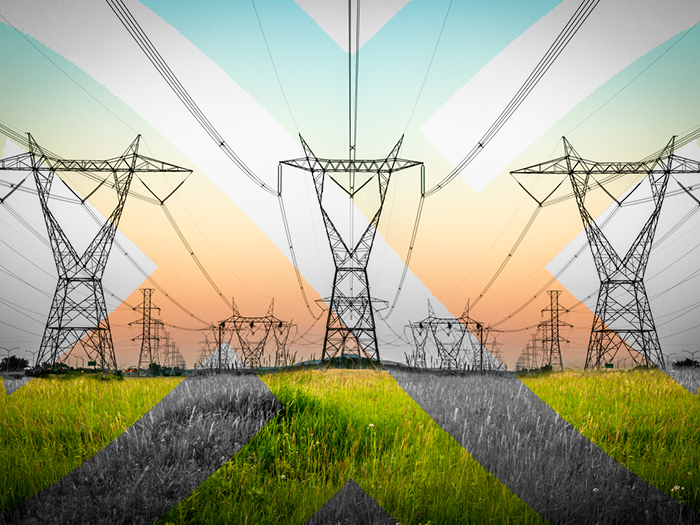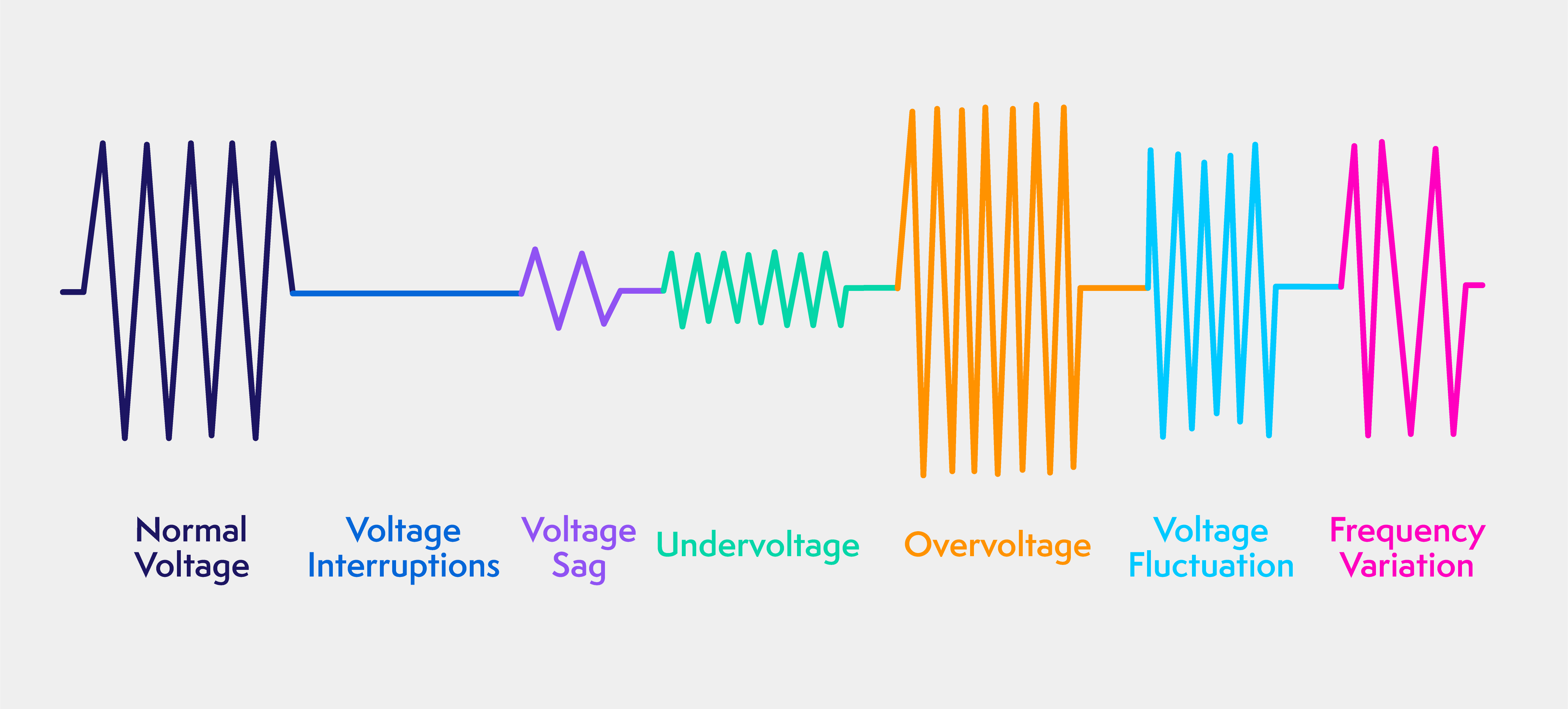News
better business decisions
Posted 1 year ago | 2 minute read

Voltage…explained
Voltage in the power system refers to the electrical potential difference that drives current through the grid. It is a critical parameter that determines how electricity is transmitted and distributed from power plants to end-users. Voltage levels are classified into different categories: high voltage for long-distance transmission, medium voltage for regional distribution, and low voltage for local distribution to homes and businesses.
In addition to the frequency of the system, voltage must also be kept within a certain range in order to ensure the safety of persons, equipment, and final consumption devices. In the event of a voltage drop, it is the task of the network operators to contain the voltage instability.

Voltage support
Goal: Supply sources provide reactive power to the grid to support voltage.
As the name implies, voltage control services maintain the voltage level of an electrical grid within an acceptable range. Transmission and distribution operators must inject appropriate amounts of reactive power into the grid due to losses along transmission and distribution lines and due to consumption of reactive power by consumers.
Voltage support is required on the bulk electric system so that acceptable voltage is provided at each distribution substation connecting to the transmission system. It is also required on the distribution system so that the distribution utility can maintain acceptable voltage to customers.
Voltage support is provided by generating units or equipment capable of producing or absorbing reactive power to maintain voltages on the system, such as capacitors, resistors, batteries and smart inverters.
What we do:
- GridBeyond will work with you to install on-site battery storage system that provides clean, stable and uninterrupted energy supply, eliminating the risk of grid disruption and providing your business with a tool to earn revenues from voltage support services. All at no up-front cost to your business.
- We ensure revenue agility by offering access to the full range of energy market opportunities
- We provide continuous remote monitoring and a direct line to our 24/7 Network Operations Centre
- We prioritise site security and ensure you can opt in and out according to your needs






